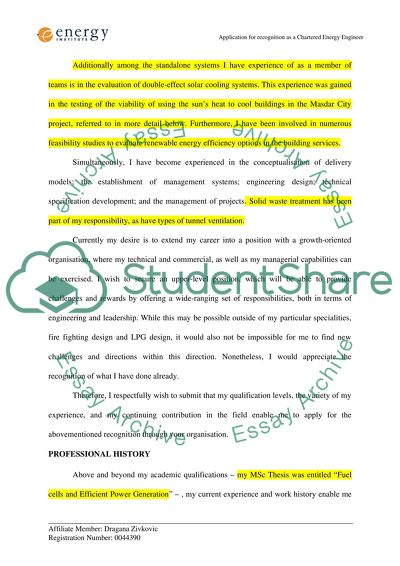Cite this document
(“Application for Chartered Status in Energy (Professional Recognition) Essay”, n.d.)
Retrieved from https://studentshare.org/environmental-studies/1393820-application-for-chartered-status-in-energy
Retrieved from https://studentshare.org/environmental-studies/1393820-application-for-chartered-status-in-energy
(Application for Chartered Status in Energy (Professional Recognition) Essay)
https://studentshare.org/environmental-studies/1393820-application-for-chartered-status-in-energy.
https://studentshare.org/environmental-studies/1393820-application-for-chartered-status-in-energy.
“Application for Chartered Status in Energy (Professional Recognition) Essay”, n.d. https://studentshare.org/environmental-studies/1393820-application-for-chartered-status-in-energy.


